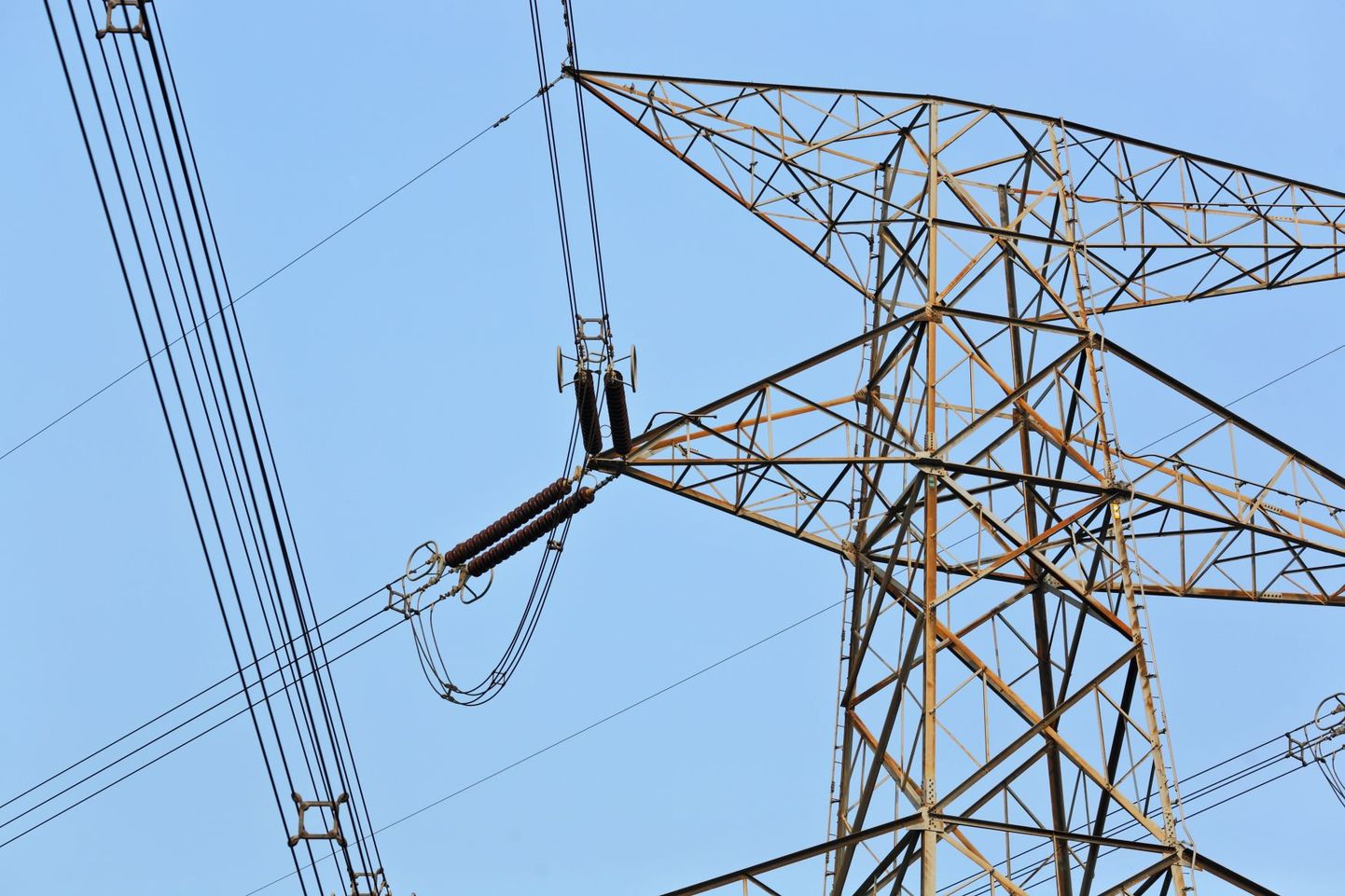
The total exports of Estonia’s electricity trade came to 579 gigawatt-hours this March, which is approximately twice as high as the same period of last year.

The total exports of Estonia’s electricity trade came to 579 gigawatt-hours this March, which is approximately twice as high as the same period of last year.
Exports to Finland grew by more than a factor of four, to 66 gigawatt-hours, and exports to Lithuania nearly doubled, to 250 gigawatt-hours. Exports to Latvia grew by 61 percent, coming to 263 gigawatt-hours.
286 gigawatt-hours of electricity were imported in March, which is a tenth more than the same time last year. Out of total imports, Finland provided 40 percent, Latvia 39 percent, and Lithuania 21 percent.
Estonia’s March electricity output grew by 35 percent year-on-year on the back of exports, coming to 1095 gigawatt-hours. Domestic consumption increased by eight percent at the same time, to 810 gigawatt-hours. The average air temperature in March was five degrees cooler than the same time last year, causing an increase in consumption. Estonia’s electrical balance had a surplus of 286 gigawatt-hours in March.
Latvia produced two percent more electricity this March than in the previous year, with total output reaching 513 gigawatt-hours. At the same time, Latvia’s hydro power plant cascade produced 44 percent less electricity in March than last year, due to the fact that the natural springtime increase in the water flow of the Daugava had not yet achieved full strength. Domestic electricity production enabled coverage of 73 percent of Latvia’s own electricity consumption in March, and the total deficit in the March electrical balance was 194 gigawatt-hours. Latvia imported most of its additional electricity from Estonia, while a smaller share came from Lithuania.
Lithuania’s electricity output in March was 11 percent higher than in the previous year, at 334 gigawatt-hours. Production managed to cover only 37 percent of Lithuania’s electricity consumption in March, so 566 gigawatt-hours of electricity had to be imported. The consolidated results of Lithuania’s electricity trade show that in March, imports from Estonia came to 190 gigawatt-hours, while 412 gigawatt-hours, or 68% of the total, was imported from third countries. At the same time, the consolidated electricity trade numbers show that Lithuania exported 36 gigawatt-hours of electricity to Latvia in March.
The combined electricity deficit of the Baltic States was 474 gigawatt-hours in March, a decrease of 26 percent compared to the same period last year. March’s deficit accounted for 20 percent of all Baltic consumption. Consumption across the Baltics grew by 7 percent in March, year-on-year.
In the Nordics, March saw an annual increase in output of 5 percent and an increase in consumption of 11 percent. Denmark saw production rise by 36 percent, while in Finland it was 16 percent, and in Sweden it was 2 percent. The growth came despite the fact that the water level in hydro power plant reservoirs was 38 percent lower compared to March of last year. Electricity output in Norway, which produces a significant part of its electricity in hydro power plants, fell by three percent in March. At the same time, consumption in Norway grew by 14 percent year-on-year.
Overall, the Nordics imported 428 gigawatt-hours of electricity this March. A year ago this month, the Nordics had exported 1.6 terawatt-hours of electricity.